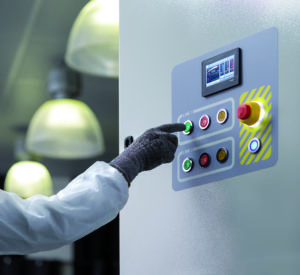Microgrids are proving to be a solution for many energy challenges — whether the issue is energy reliability, independence, accessibility, or cost optimization. Let’s look at these at a high level.
Energy reliability: The old cliché about keeping the lights on remains a given. While the ability to supply reliable energy is crucial, utilities struggle with unavoidable obstacles like weather, which can result in power loss for thousands or even millions of people. In the U.S. alone, the U.S. Energy Information Administration found an average of at least one electrical power service interruption per customer in 2015.
Microgrids can increase resiliency because of their ability to island themselves from the main grid and to be self-sufficient.
Examples: Oncor’s campus microgrid, Marine Corp Station Miramar
Energy independence: World energy consumption continues to grow, with a predicted 48 percent increase by 2040, so it is critical that consumers have access to affordable, environmentally sustainable energy.
By integrating more renewable generation, using technology like microgrids, countries can move away from fossil fuel consumption.
Example: Energy independence is improving in the islands of Tonga.
Energy accessibility: The ability — or more importantly, the inability — to access energy at a reasonable cost when the main grid is not accessible is a global issue. Modern energy services are key to economic development and well-being, yet 1.2 billion people live without it, primarily in developing countries.
Microgrids have enormous potential for increasing energy accessibility in remote areas and developing countries.
Example: Villages in Tonga are using microgrids to increase energy accessibility.
Energy cost optimization: Utilizing energy flexibility to optimize the energy mix and balance the grid enables the self-consumption of green energy from local renewable sources and can reduce energy-related greenhouse gas emissions.
Example: Syndicat Départemental d’Energies du Morbihan has adopted a microgrid system that takes advantage of these capabilities.
For more details about the examples mentioned in this post, read our white paper: “Microgrid Benefits and Example Projects.”




Conversation
Fantastic